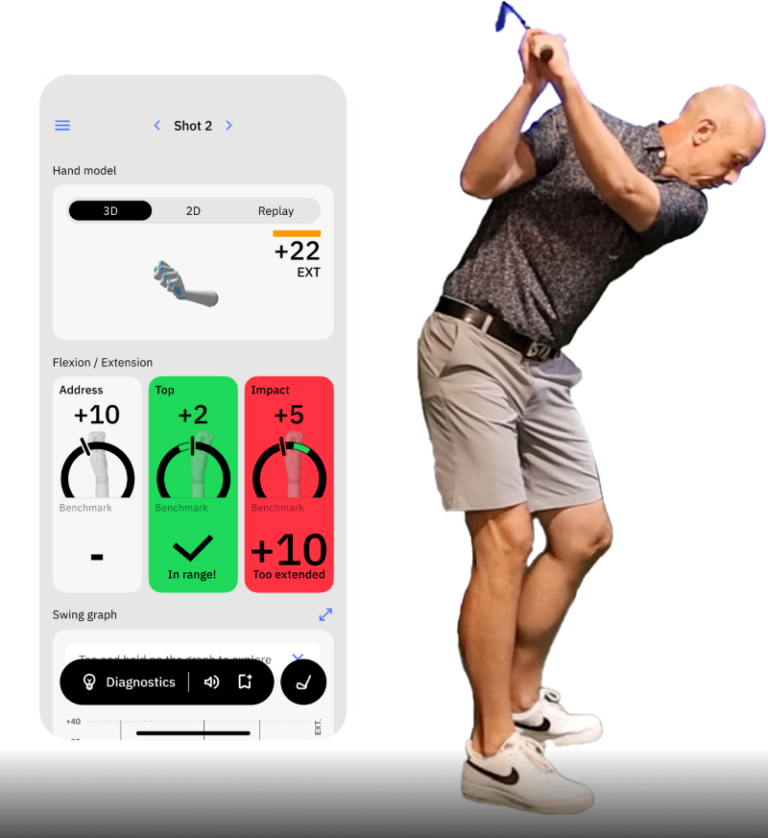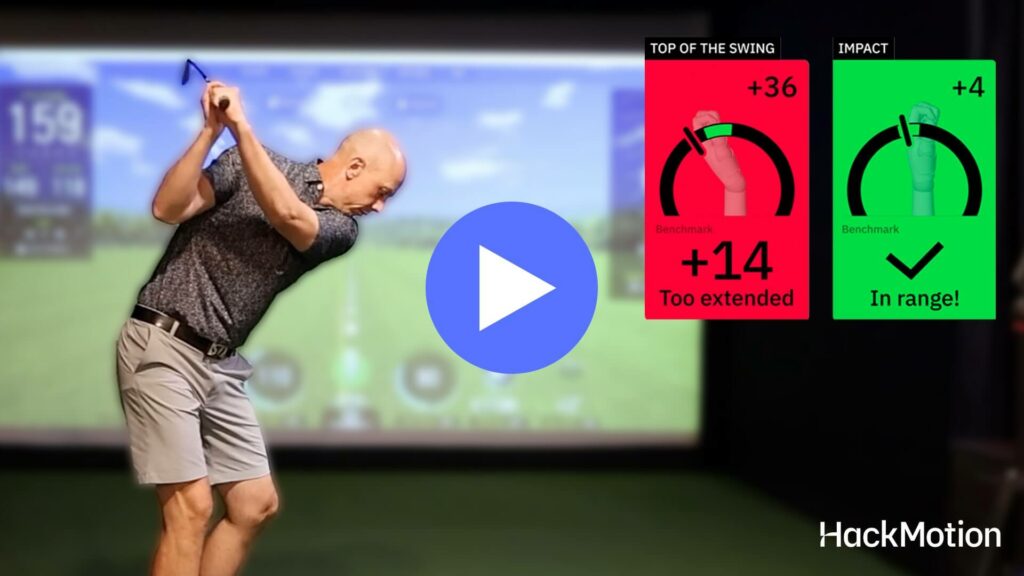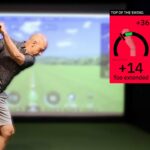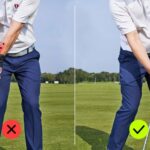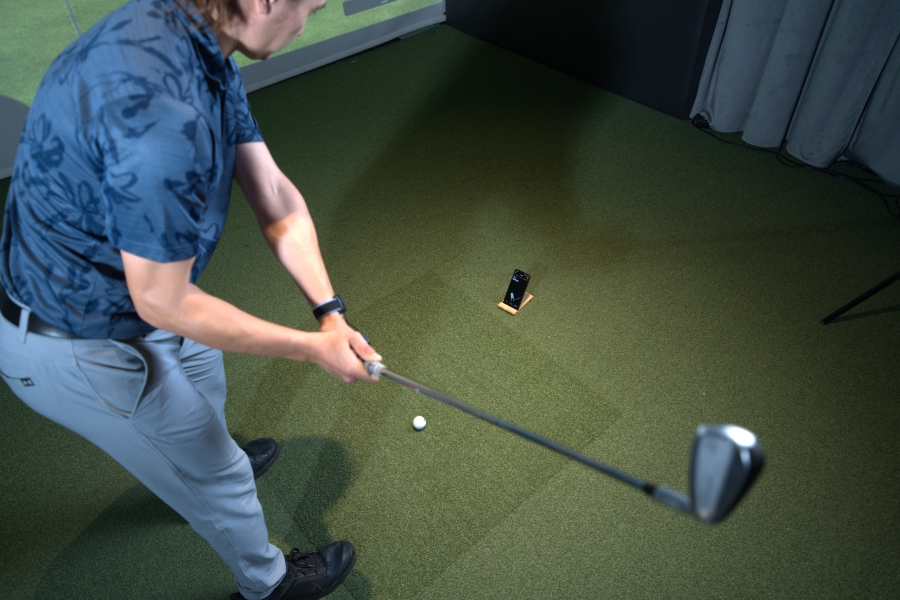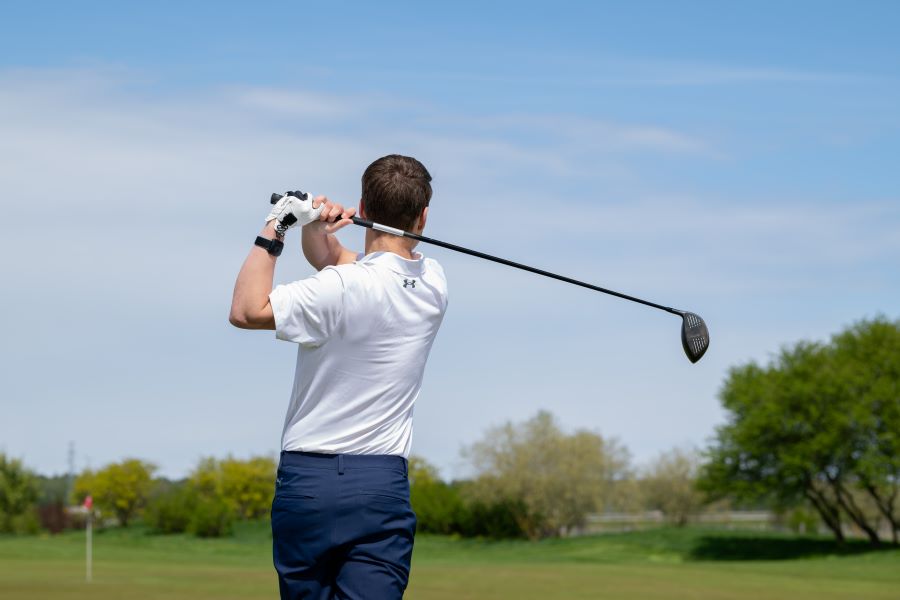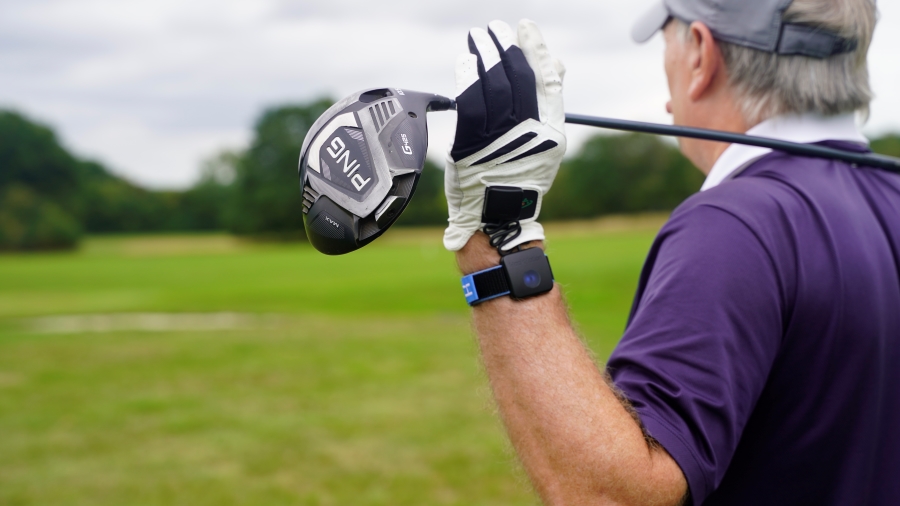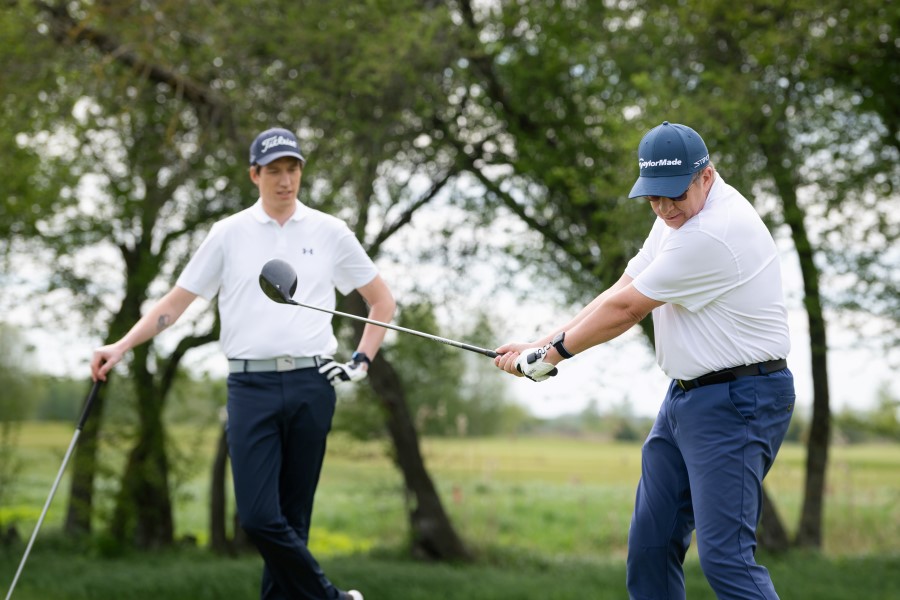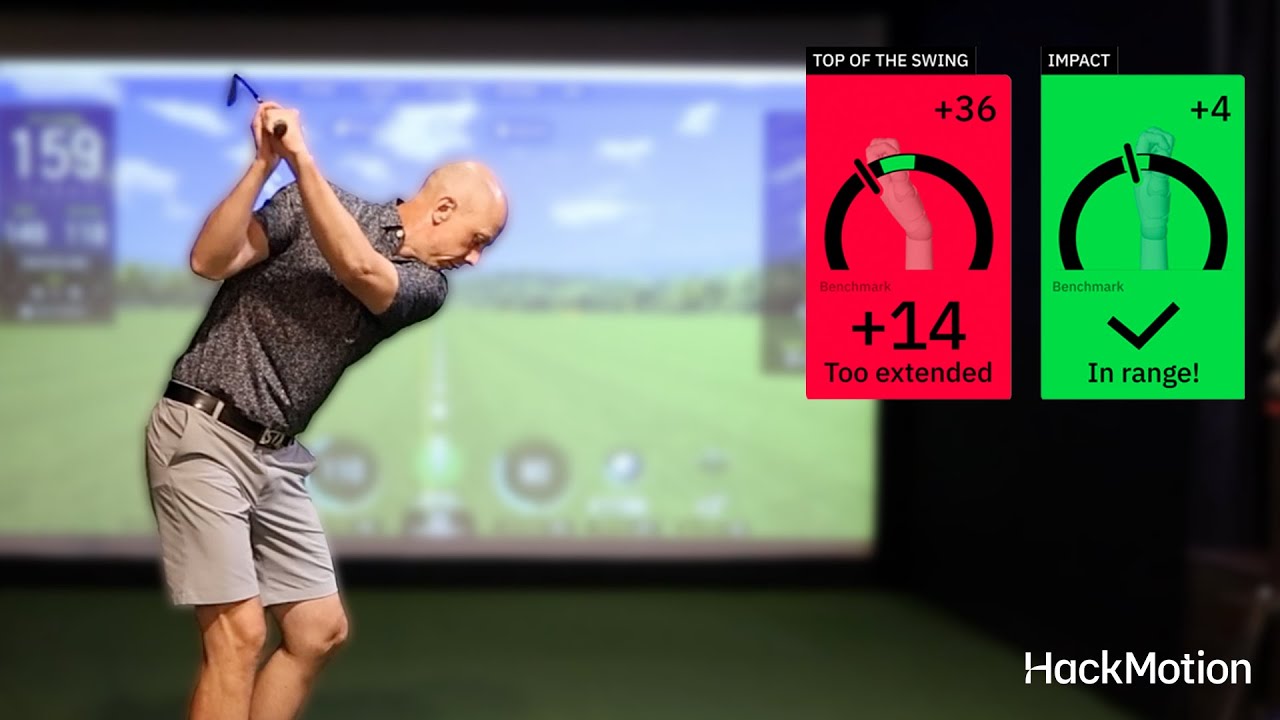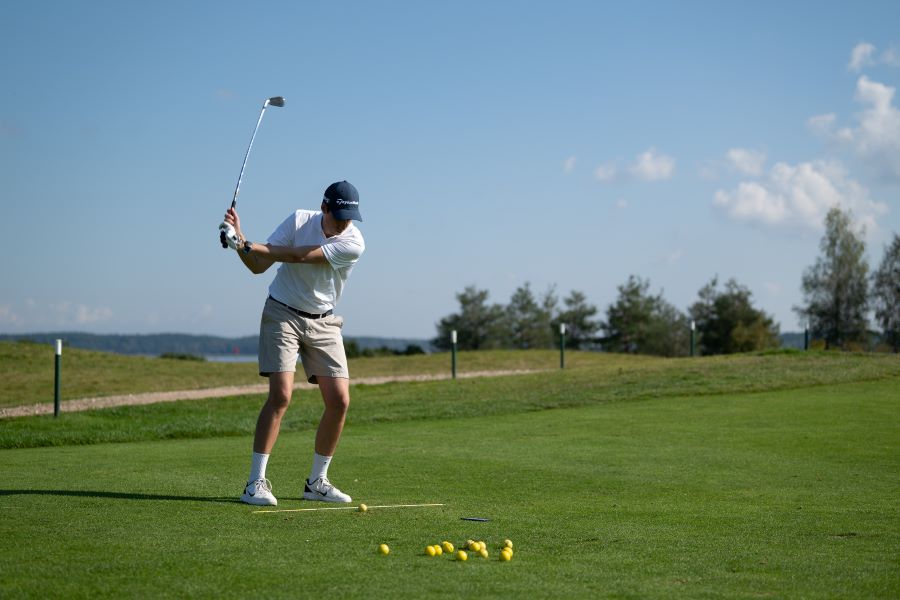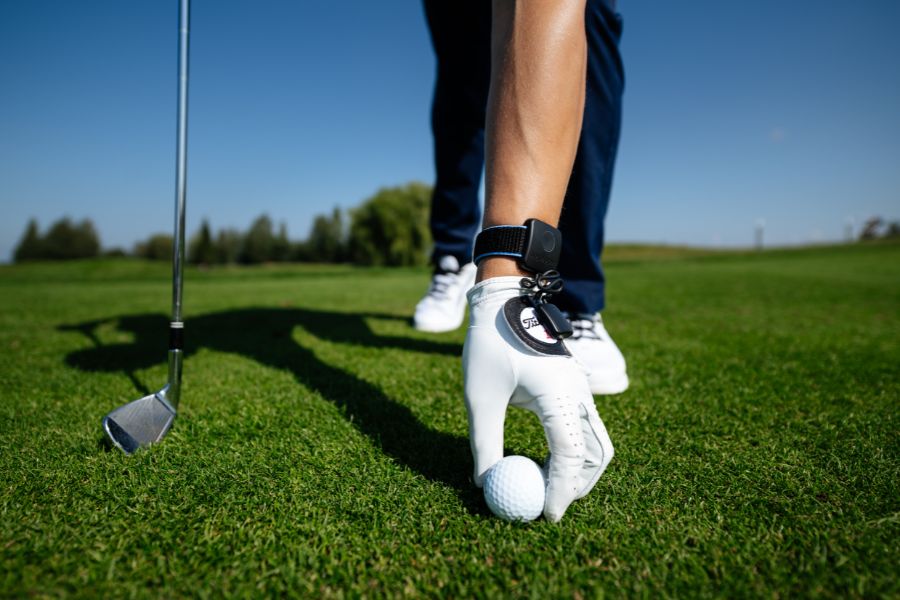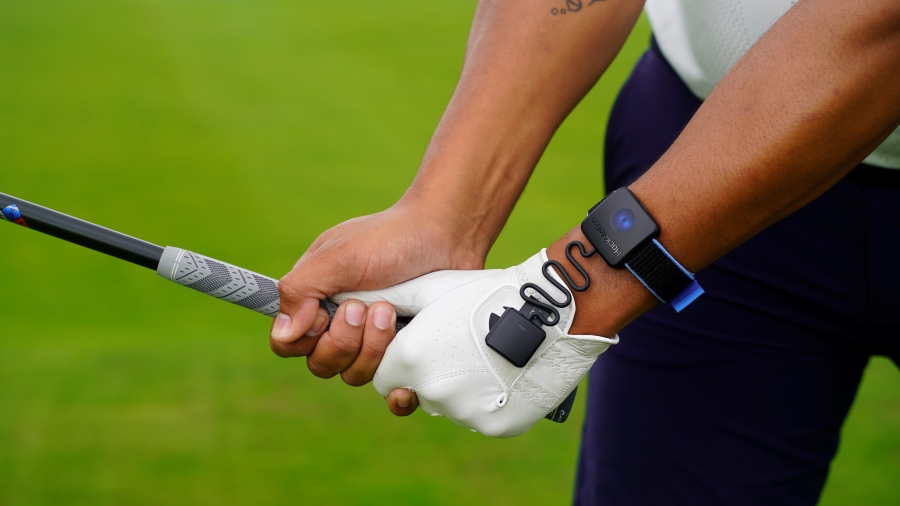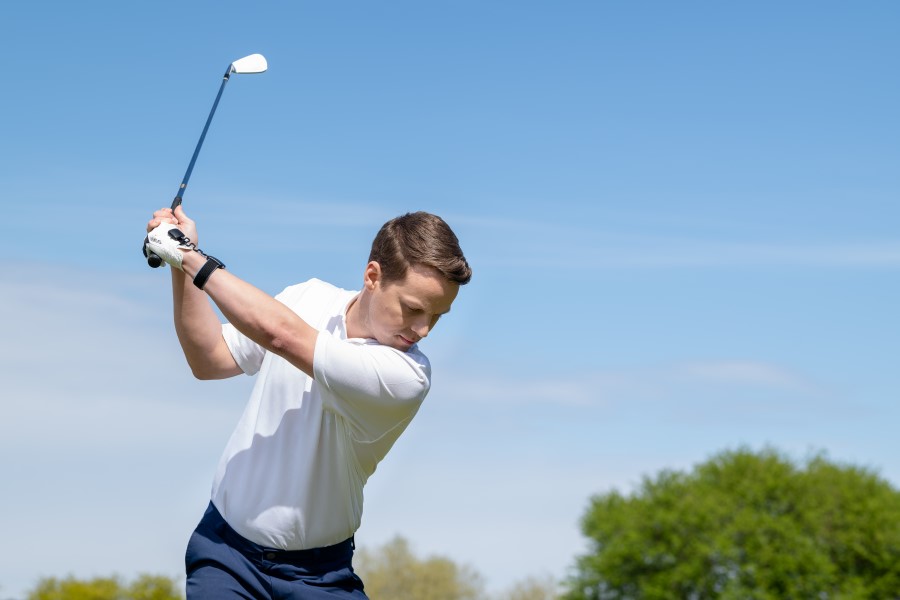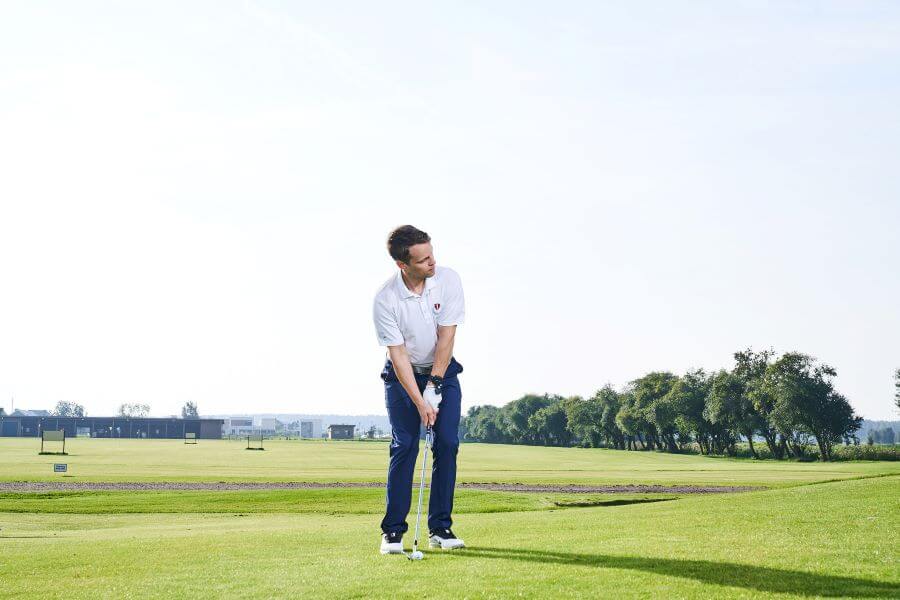Professional vs Amateur Golf Practice Routines: Learn to Train Like a Pro
The results that amateurs and professionals get on the golf course are quite different.
Is that difference because of pure talent? Athleticism? Time invested?
A little bit of all of the above.
However, one of the major reasons we see professionals and amateurs with wide and varying results is because of their practice routines.
Most professionals practice longer than amateurs, but more importantly, they practice more effectively.
If you want insider tips on professional and amateur golf practice routines, here is everything you need to know.
Key Takeaways (The Difference Between Professional and Amateur Golf Practice)
If you don’t have time to read the entire guide, bookmark this and open it up the next time you head to the range. In the meantime, here are the key takeaways you should keep in mind.
- Professionals set goals for each of their practice sessions; they never mindlessly strike golf balls.
- Practice sessions for professionals consist of identifying and fixing issues, not avoiding them.
- A combination of long and short games should always be incorporated into the practice routine, but the emphasis does not have to be on short games.
- On course situations need to be practiced; professionals make the driving range feel like the golf course.
- Incorporating technology into golf practice is essential if you want to see and measure real improvement.
- Professional golfers understand swing mechanics and ball flight laws, making it easier for them to make smart adjustments to their game.
Want structured, pro-level practice sessions? Consider working with a certified golf coach who specializes in building effective training routines.
Professional vs. Amateur Practice Routines
Almost every part of a golf professional’s practice routine differs from an amateur’s. The key issues are time management, technical drills, technology incorporation, and mental practice.
I’ll break down each of these for you and then help you change your routine for the better.
Time Management
Amateur golfers don’t have as much time to practice.
With work and family life, being an amateur player is much different than being a professional who can commit their entire day to being on the driving range.
However, the most important fact here is the way the professionals manage their time on the range.
They go with a goal in mind, work hard through the difficult swings and poor shots, and walk away with a solution.
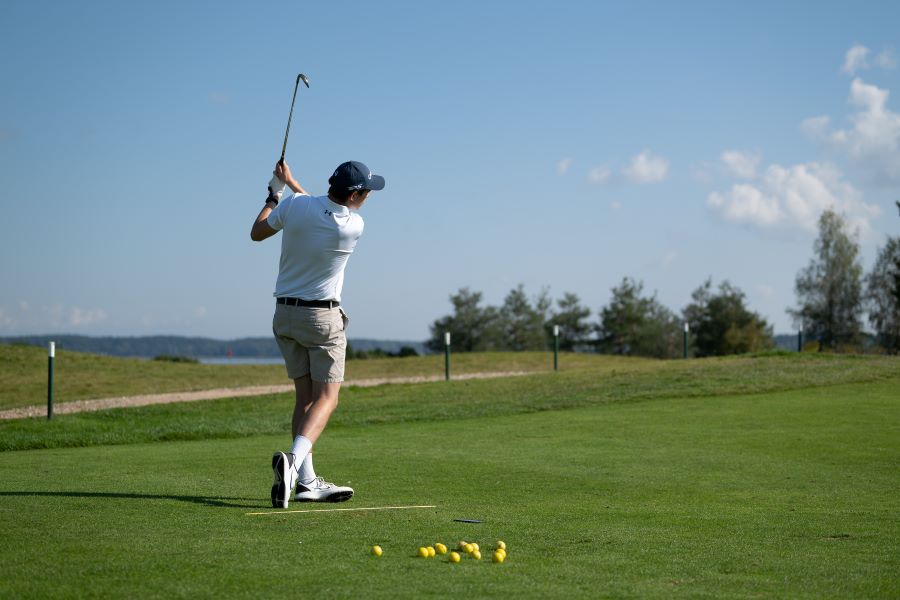
Part of the reason they manage time so well is because of their planning and goals before the practice session.
Technical Drills
Professional golfers have a database of golf drills they can go to when working on something.
If they start hitting shots a little thin, they move to a drill to stay centered and work on that angle of attack into the golf ball.
Technical drills include ways to stay balanced, generate power, and improve overall contact with the golf ball.
One of the most important things you will see about a professional setup to practice on the range is the alignment sticks on the ground. Alignment sticks make practice more accurate and increase opportunities for technical drills and understanding.
In addition, when practicing putting, professionals have drills and routines that they use to deepen their understanding.
Incorporation of Technology
Golf professionals incorporate technology into their practice.
Technology is a big portion of professional practice, whether they are working with a launch monitor, measuring wrist angles with HackMotion, or tracking shots to analyze progress.
Amateur golfers often forget to check the distances and yardages to the targets when they set up on the driving range.
Mental Practice
Visualization is a huge piece of mental practice.
Professionals visualize golf shots they are practicing as if they are on the golf course. They prepare and plan as if it’s a real golf hole.
This mental practice puts pressure on the shots, making it more important to pull each one off. Mental practice for amateurs is focused more on hitting a good shot than on visualizing these shots on the course.
Fitness and Nutrition
When you head out to the driving range, do you think about warming up, stretching, drinking water, and eating protein?
The professionals are.
Another major difference between amateur and professional practice is the development of a fitness and nutrition routine that allows practice sessions to be more effective.
Goal Oriented Practice
Professional golfers head to a practice session with a goal in mind.
They may be attempting to work on a more controlled ball flight for their wedges or hit a slight fade with their driver, but they have a goal of something they want to work with.
Amateur golfers go with the goal in mind to finish the bucket of golf balls they purchased!
Duration of Practice Session
Professionals can spend hours on the driving range. However, they will break up their session and do some data analysis, stretching, putting, short game work, etc. They very rarely hit golf balls for hours on end.
Many amateurs, in an attempt to be more like professionals, will practice for a long time, but that’s not the solution. Smart and focused, shorter practice sessions are more effective.
Coaching and Player Development
Before, during, and after practice sessions, a professional may consult with a coach or golf professional. Many amateurs are left alone to figure out how to improve their game.
Amateurs can easily fix this issue by incorporating technology like practice tracking apps and using things like HackMotion to improve their development and understanding.
What Amateurs Can Learn From Professionals
Now that you have the differences laid out, here is the information you need to change your practice routine to be more like the professionals.
Create a Plan
Go to the driving range with a practice plan in mind.
The plan has to be specific to the areas of your game that need the most work. However, the most important part of this is to work on the weakest part of your game just after you have warmed up.
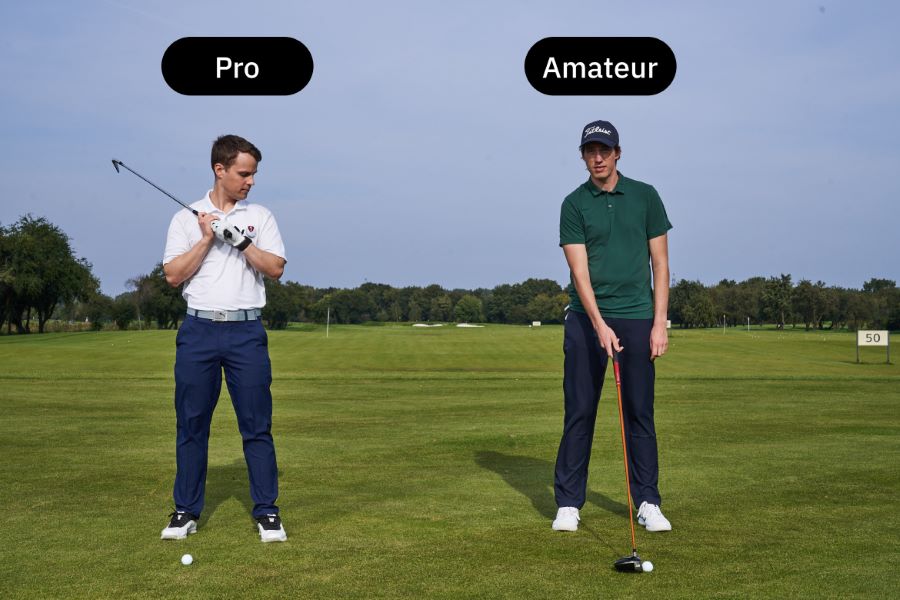
Tackle the obstacle and work to improve it before you move on.
We created a driving range practice plan that you can easily customize to fit your game and goals.
Be More Structured
Set up a practice station for yourself that includes alignment sticks. Hit each shot, and then reflect on that shot and whether or not it was executed properly.
Don’t worry so much about hitting a lot of golf balls. Professionals can have a perfect practice session where they only hit 30 balls.
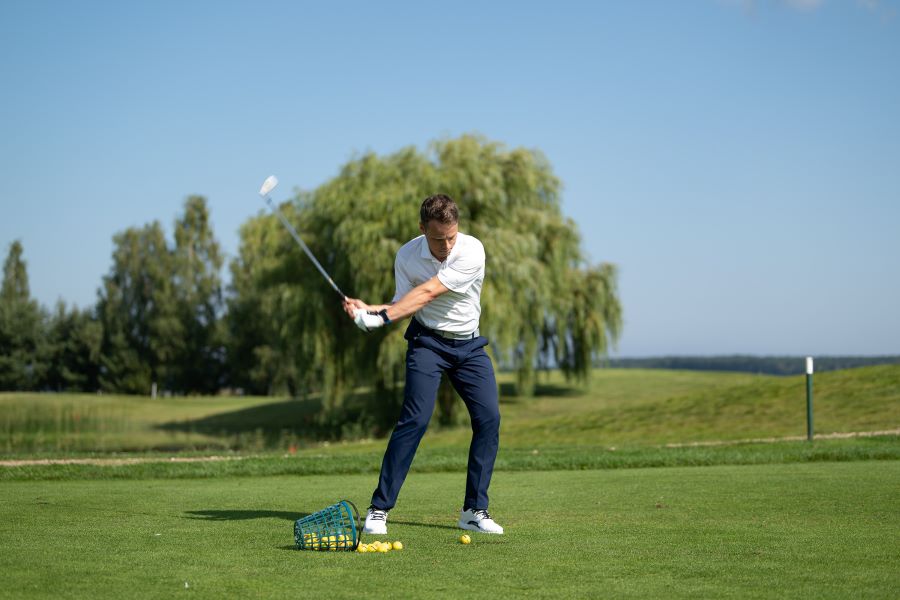
Take your time, be more structured in your approach, and be sure you are learning after each swing.
Focus on The Weakest Areas of your Game
If you don’t like going to the driving range and hitting big hooks or shots that don’t get up off the ground, get over it!
The driving range is not the place to worry about the perfect shot. You must instead work on hitting the worst shots in your game and trying to improve them.
Learn what is causing the problem and work on the goal of making this your favorite club in your bag.
One of the most common misconceptions among amateur golfers is the need to practice the short game for hours. The short game is absolutely going to help you become a better player.
However, if your chipping is getting you to the center of the green, but your driver slice is putting you out of bounds, skip the chipping practice that day.
Bring Technology With You
Having a portable launch monitor is a great way to see if you are achieving results. In addition, you can narrow down your carry and total distances.
However, don’t limit yourself to the technology found in launch monitors.
Use the HackMotion to learn how to control your clubface through impact. The HackMotion measures wrist angles throughout the swing, ensuring you get into the right position at impact.
The best part about HackMotion is that it works in real time. There is no waiting for results, and your practice on the range becomes instantly more effective.
Visualize the Course
The driving range is supposed to be practical for the golf course. Don’t become a driving range pro.
You will want to play the golf course in your mind as you work through your practice session.
Finish each session by picking a golf hole and playing through it in your mind. The next time you go to play golf, you can use this visualization and experience to increase confidence.
Stay Disciplined
When you are out on the practice tee, start thinking like the professionals!
Even if you are a 20 handicap, bridge the gap between what they are doing to get better and what you could be doing.
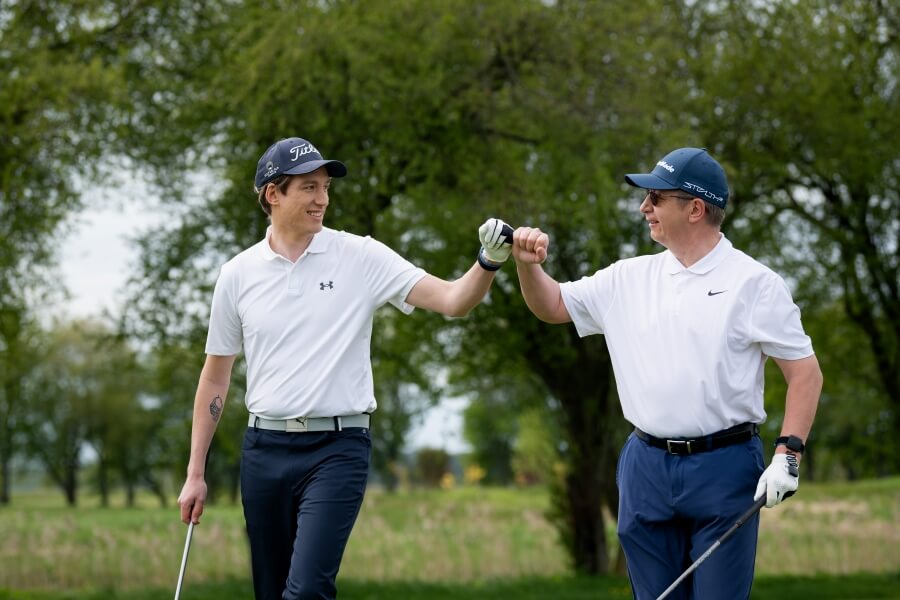
Taking a more disciplined approach, learning about the game’s mechanics, and making real swing changes will lead to significant handicap reduction.
Quality over Quantity
The quality of your practice session is incredibly more important than the quantity!
If you can head out to the range and sneak in 20 minutes of practice, it could be more effective than a 3-hour session.
Learn how to plan and execute so that you get more done in a shorter period of time.
Conclusion
Hopefully, you feel inspired to head to the range and practice like the professionals. The differences between professional and amateur golf practice are quite extensive.
However, amateur players have a real opportunity to increase the effectiveness of their golf practice by making simple changes to their routine.
Incorporate the HackMotion when you don’t have the resources to have a professional with you. The data and analytics will take your game to the next level without investing much time.
